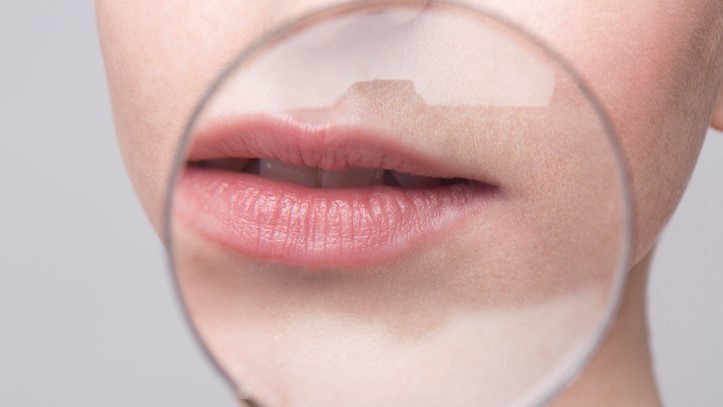The widespread usage of terms such as ‘microbiome-friendly’ are “inaccurately representing the complexity of the microbiome”. [Getty Images] The widespread usage of terms such as ‘microbiome-friendly’ are "inaccurately representing the complexity of the microbiome”, says the chief executive of a microbiome testing company.
The term is widely used in the beauty and personal care industry across various categories from facial care to hair care to oral care.
It often refers to products that are designed to support, maintain, or enhance the health and balance of the microbiome.
‘Microbiome-friendly’ and terms like it have become so watered down that Sequential, a clinical microbiome research and testing company, now avoids using them.
“We tend not to use microbiome-friendly because it’s been almost drowned out by all the noise,” said Oliver Worsley, co-founder and CEO of Sequential.
The UK-Singapore headquartered company now worries that there is a risk that these terms are misleading consumers.
Making matters worse is that there is a lack of comprehensive regulation, which can only increase the risk of deceptive marketing practices.
In fact, there have already been companies that have fallen afoul of such marketing methods.
In 2021, a complaint was filed in the US against consumer goods giant Unilever for marketing a Dove body wash as being ‘microbiome gentle’.
Certifications: A necessity?
In the absence of regulations and guidelines, the need for clinical testing comes to the fore.
Worsley emphasised the importance of testing methodologies as the microbiome is an intricate world.
“And there are a lot of in vitro companies that do testing on cells. They test on a few different bacteria in dishes, and they say if the product isn’t changing them significantly, the product should be beneficial for the skin microbiome. But we know as a team of scientists that in vitro tests, don’t very often, if at all, correlate to what’s happening in the human body. So that’s particularly true of the microbiome because it’s so complex.
“We typically look at 20 key microbes on the skin, and we calculate the genome copy number, which just means we’re calculating the absolute number that’s there on the skin. We’re not calculating a percentage relative abundance, this is how it’s known in the sequencing world. We calculate the quantification, which gives us more confidence and quality that the data we’re giving is the exact number of bacteria on the skin.”
Furthermore, testing allows brands to explore more in-depth claims beyond ‘microbiome-friendly’.
“We like to think that there are a lot more claims that can be made outside of this ‘microbiome-friendly’ claim. In addition to what I’ve just explained, we also calculate functional change. We basically take all of the microbial changes that have occurred during the product test, and then with our database of now over 20,000 microbiome samples, we can predict a level of pathway analysis, which just means what does this change do to the human skin.”
Worsley said that Sequential was able to predict how changes in skin microbes affect skin function, which is more insightful than just identifying the microbes present.
It can identify beneficial and harmful microbial strains and measure changes such as skin hydration, barrier function, and elasticity.
“It’s still early in research, but we have some understanding about how microbes are reflecting that change. And so can we do more to have an effect on those microbes that could have an even more beneficial effect on the skin,” said Worsley.
“These are the types of things that a clinical study can do. And this is why its important for us that a certification includes this level of detail. If regulators become stricter, they need to see good clinical data so it gives the regulators satisfaction that we’ve done enough results for the client.”

